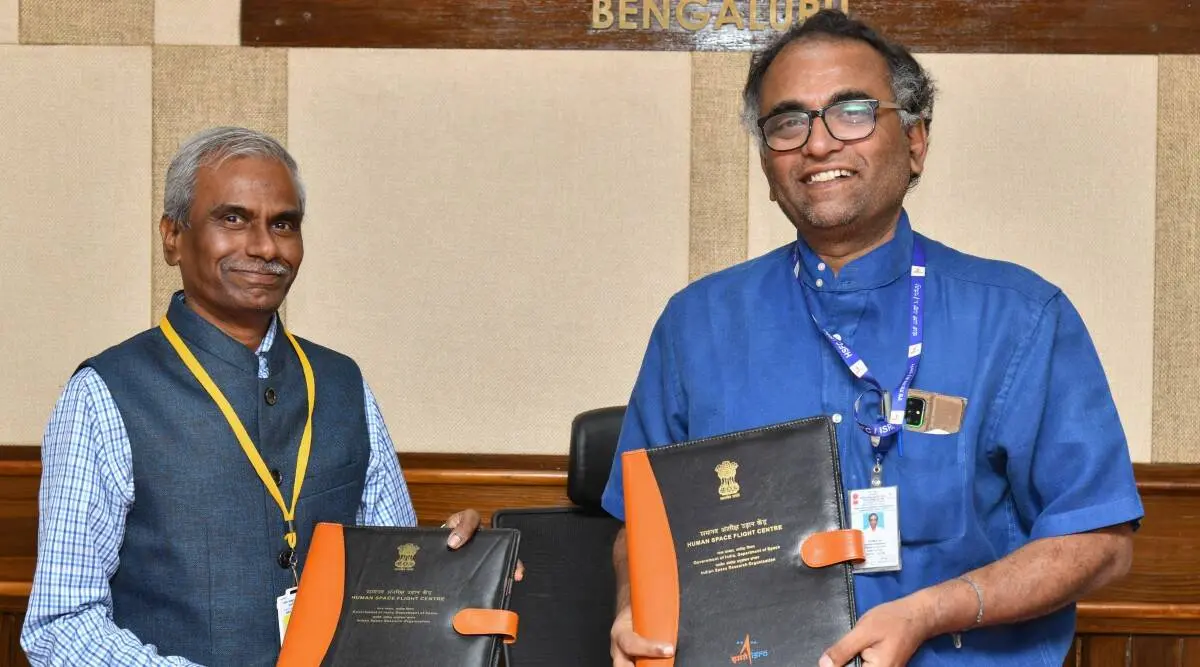ISRO and the Indian Institute of Technology Madras (IIT Madras) plan to develop a training module for the Indian Spaceflight Programme using Augmented Reality/Virtual Reality/Mixed Reality (AR/VR/MR). ISRO aims to utilise the advanced technologies created at the newly-established eXperiential Technology Innovation Centre (XTIC) at IIT Madras to promote Research and Development (R&D) in the domain of Extended Reality.
A memorandum of understanding (MoU) has been signed recently between ISRO and IIT Madras for collaboration on the application of Extended Reality (XR) and other technologies in the Indian Human Spaceflight Program.
About the project
- The project will include building virtual models and simulations of human physiology, as well as space systems, which will be vital to understanding how the human body reacts and adapts to long-duration spaceflights — such as a journey to the moon. Other aspects of the project include visualizing and optimizing the design and architecture of space-faring equipment, such as the interiors of a mission’s crew module.
- The project will also tap into XTIC’s network of industry and startup associations, in order to attract interest in building applications and solutions using XR technologies.
- XR, to be sure, includes an amalgamation of AR, VR and MR solutions to simulate a physical object. Using XR technologies can help manufacturers and researchers visualize how an object would work in physical reality before it is built and applied. Such solutions have been used in various fields, such as healthcare, aviation and other fields, where reaching a real-world usage space (such as oil fields, in mid-air flights, or in between critical surgeries) is difficult.
- To create such platforms, companies typically develop a highly accurate digital replica of a product or an environment, typically called a ‘digital twin’, and use it to assess and validate products.




